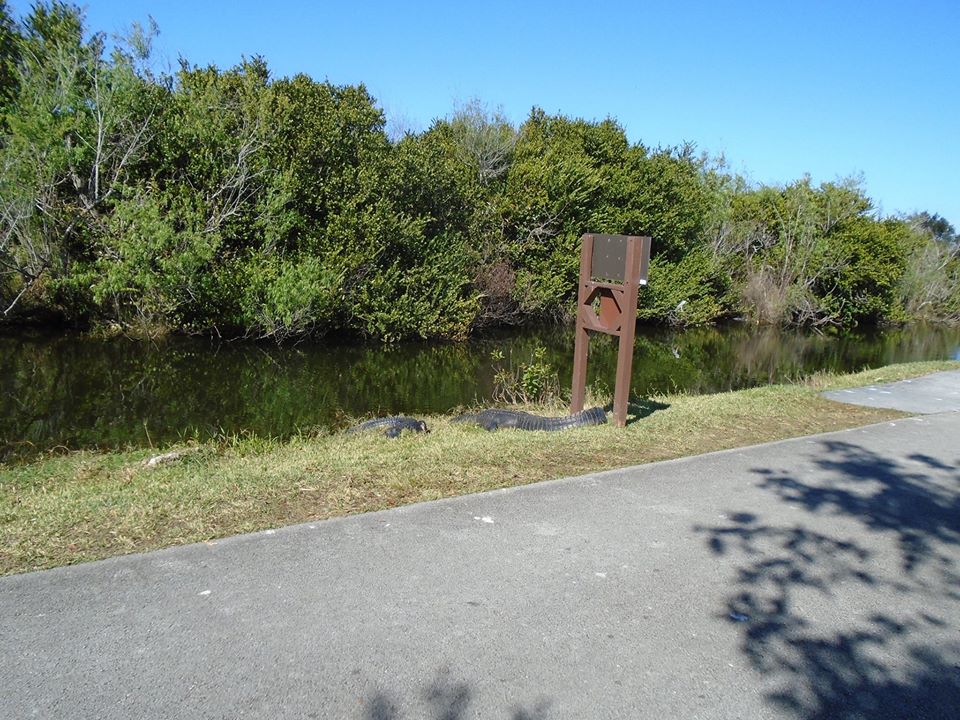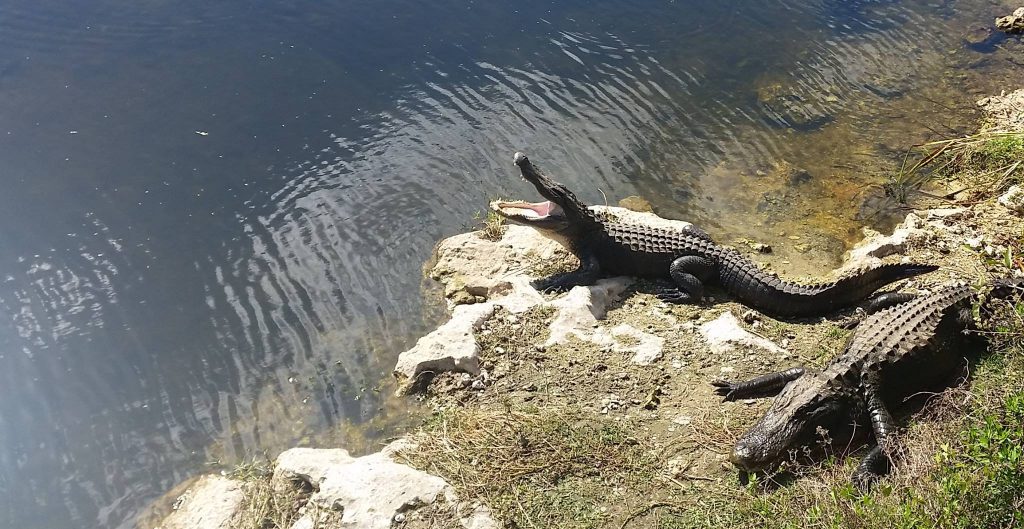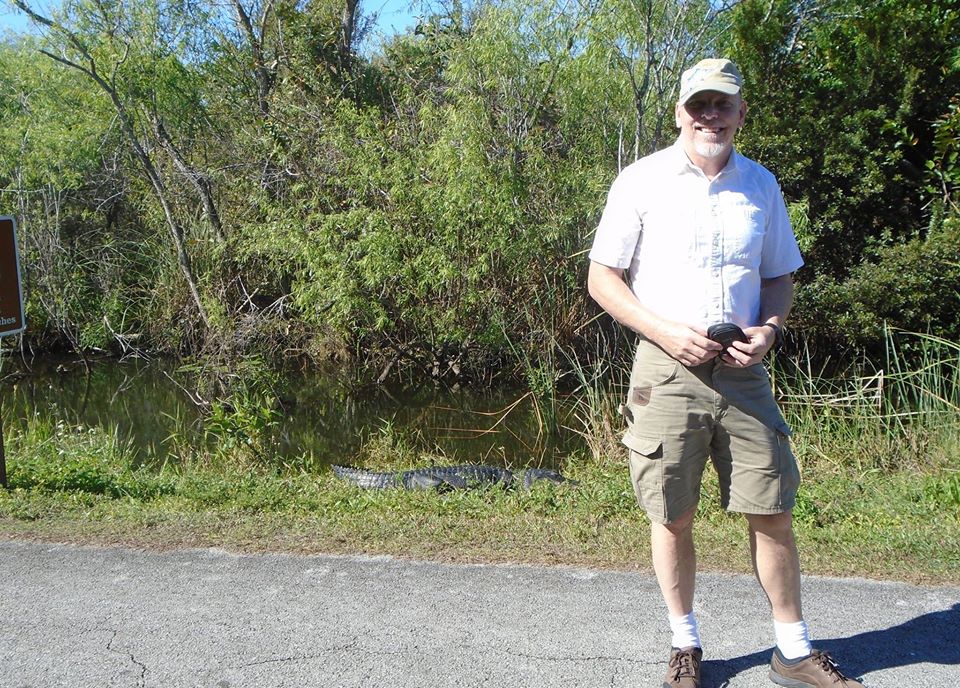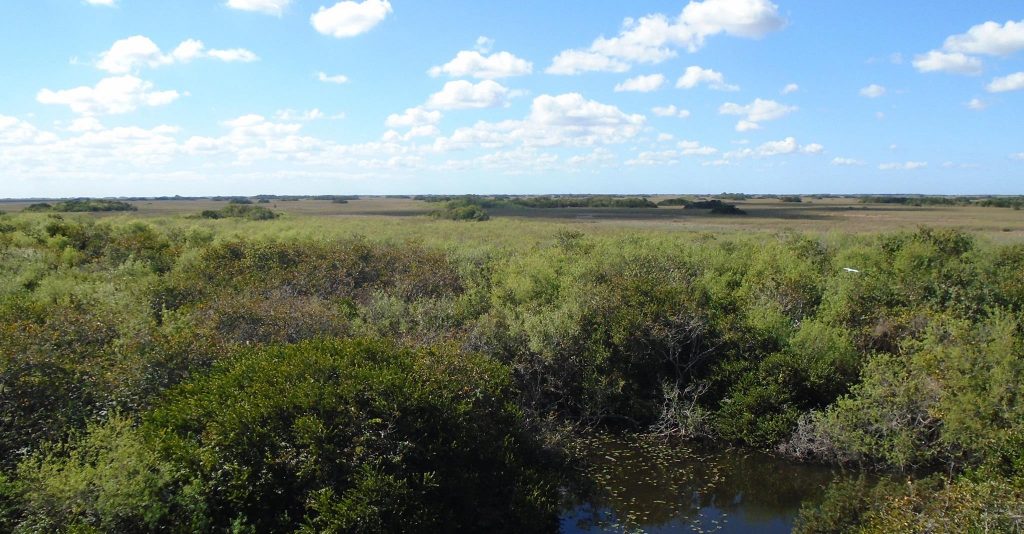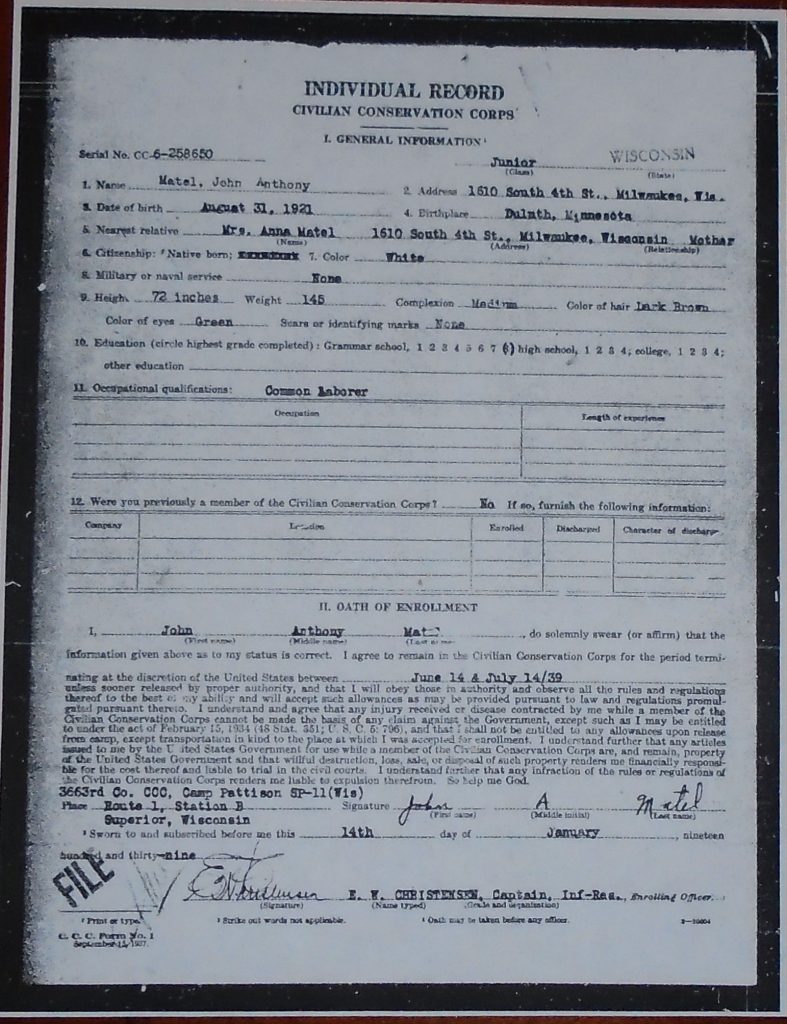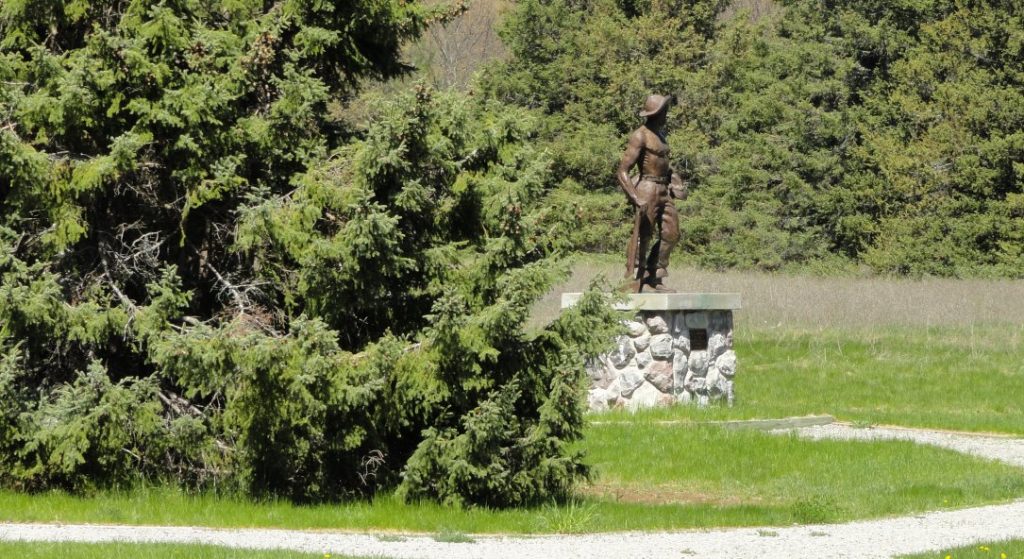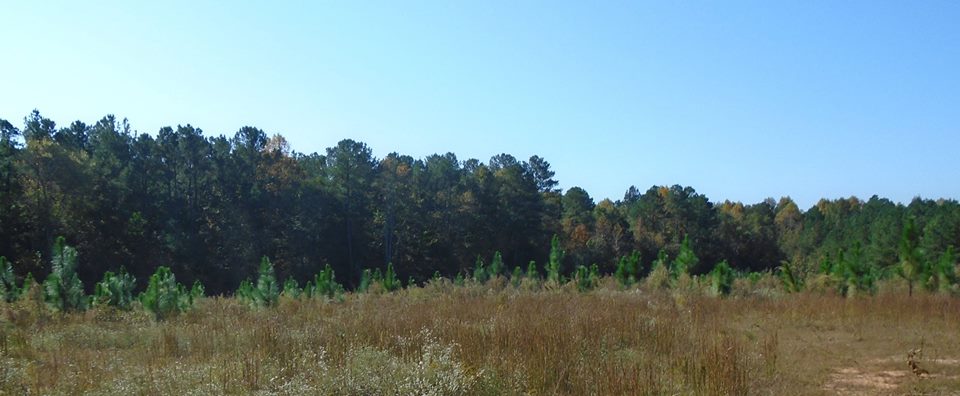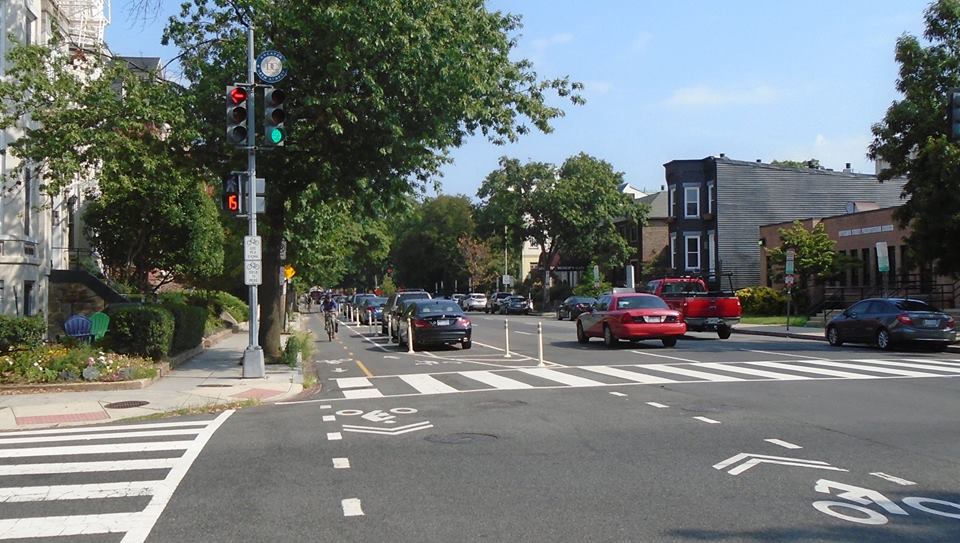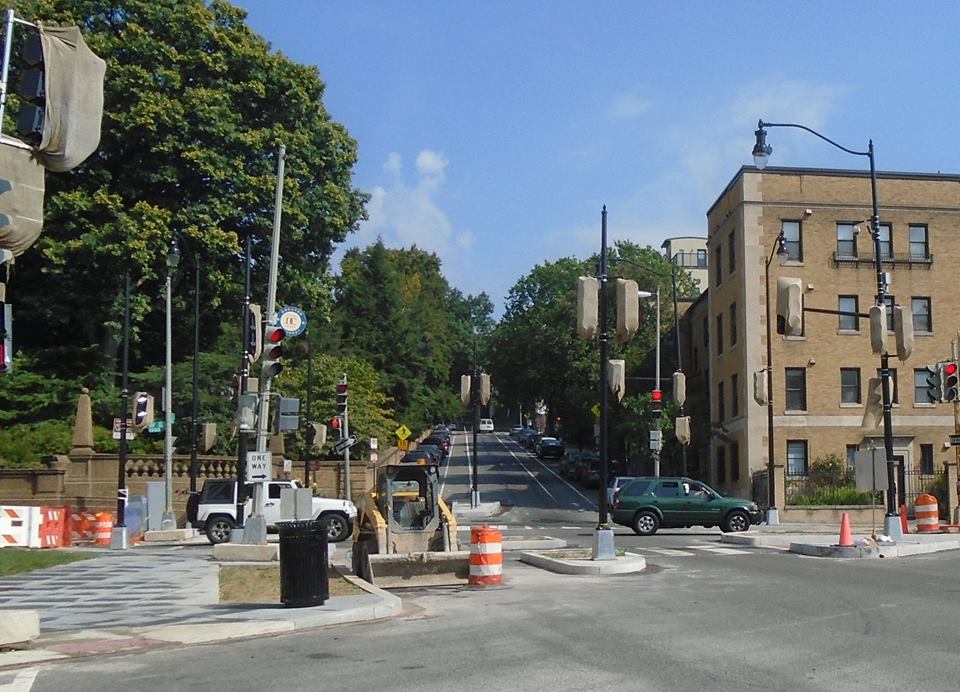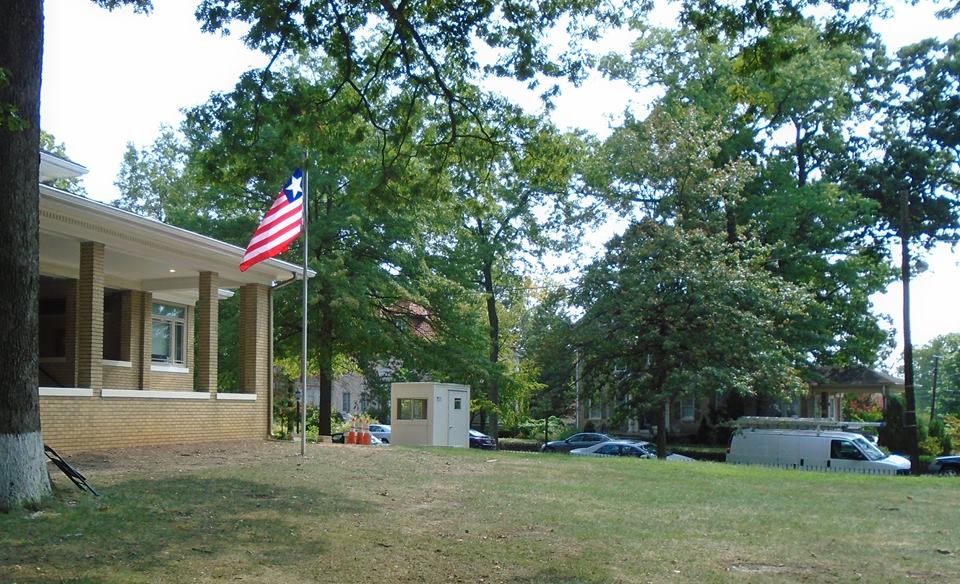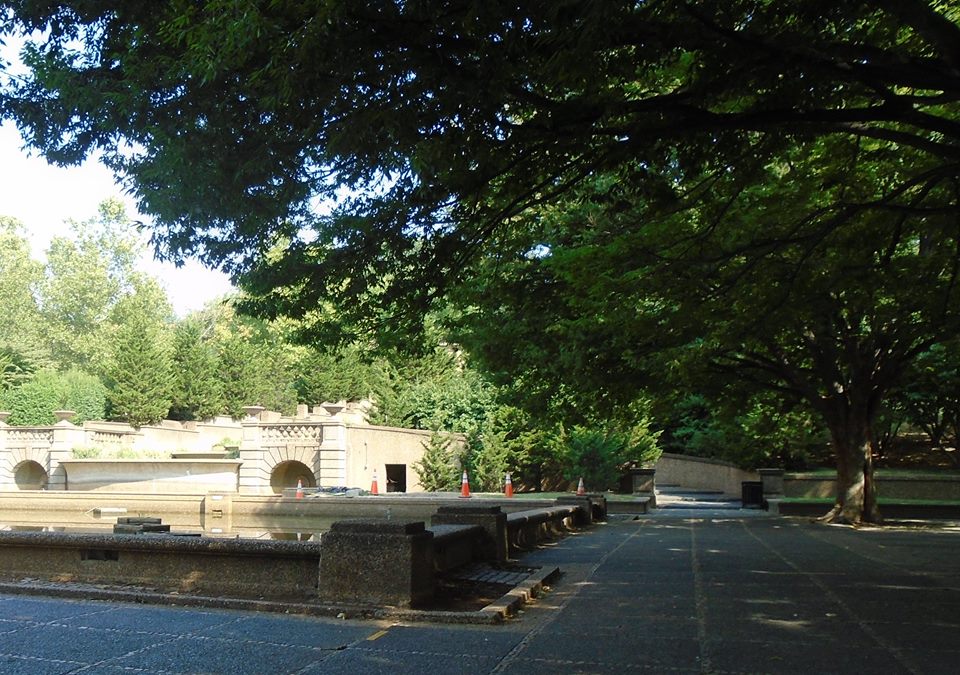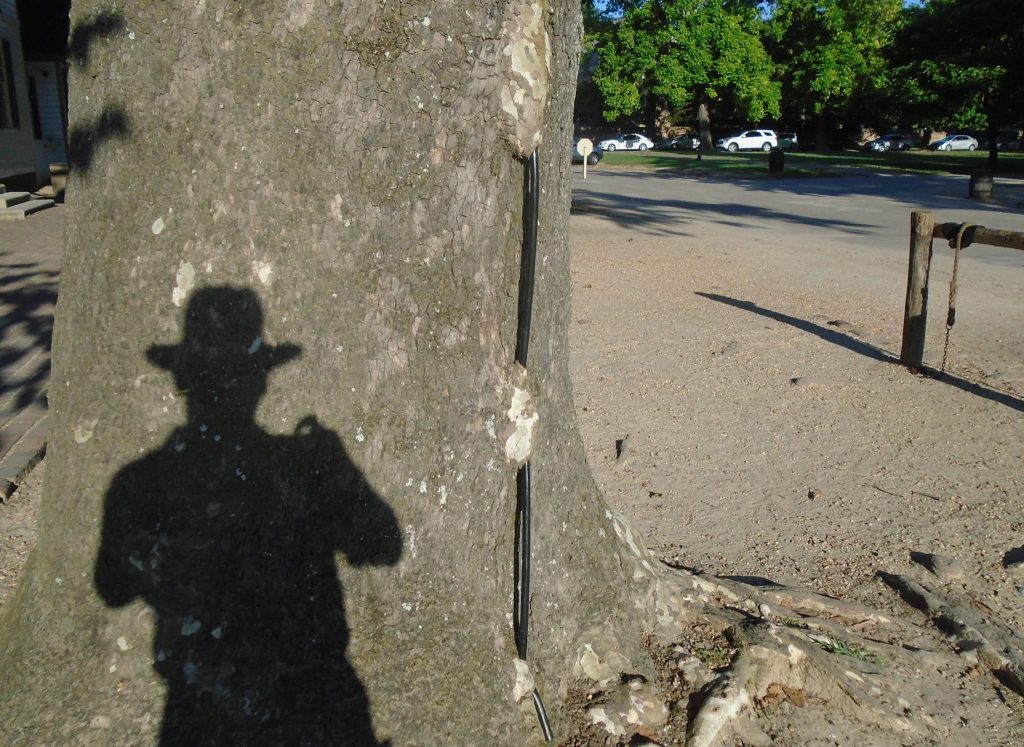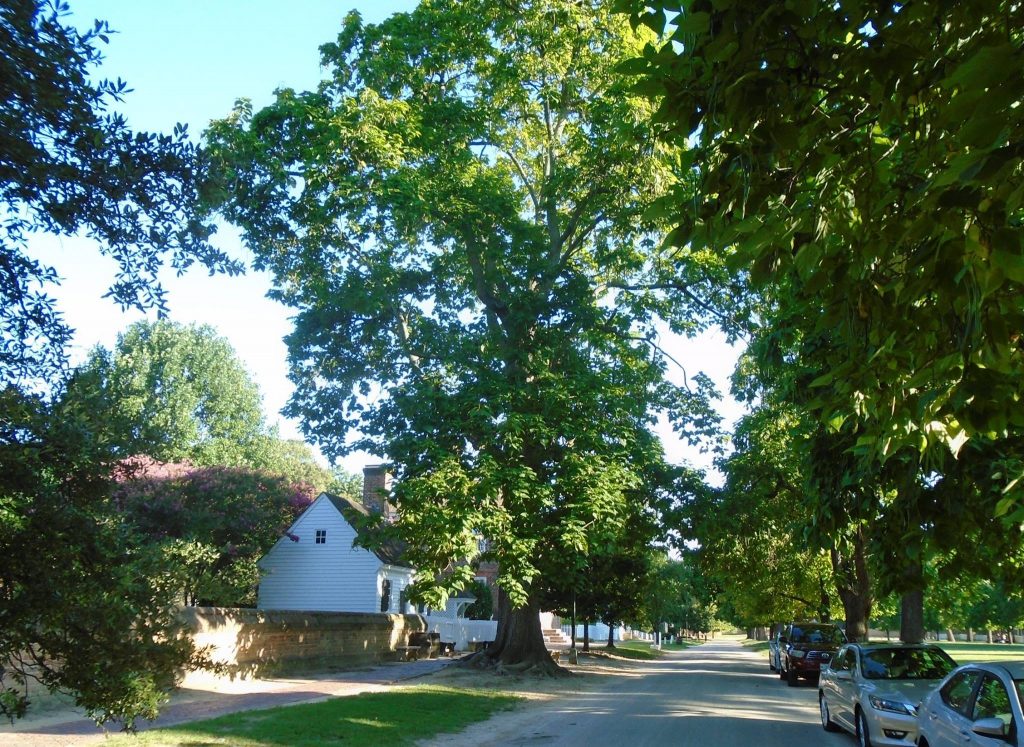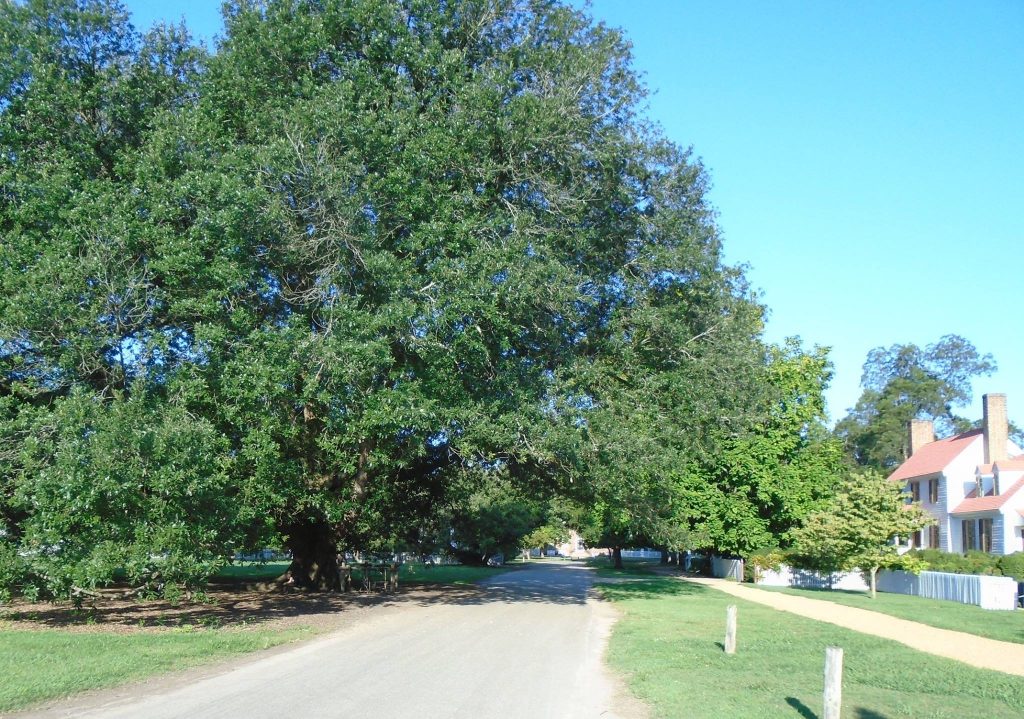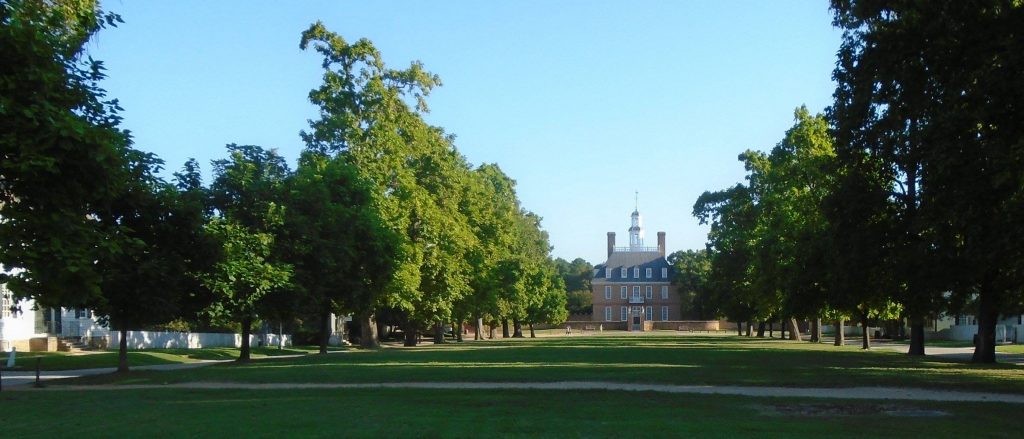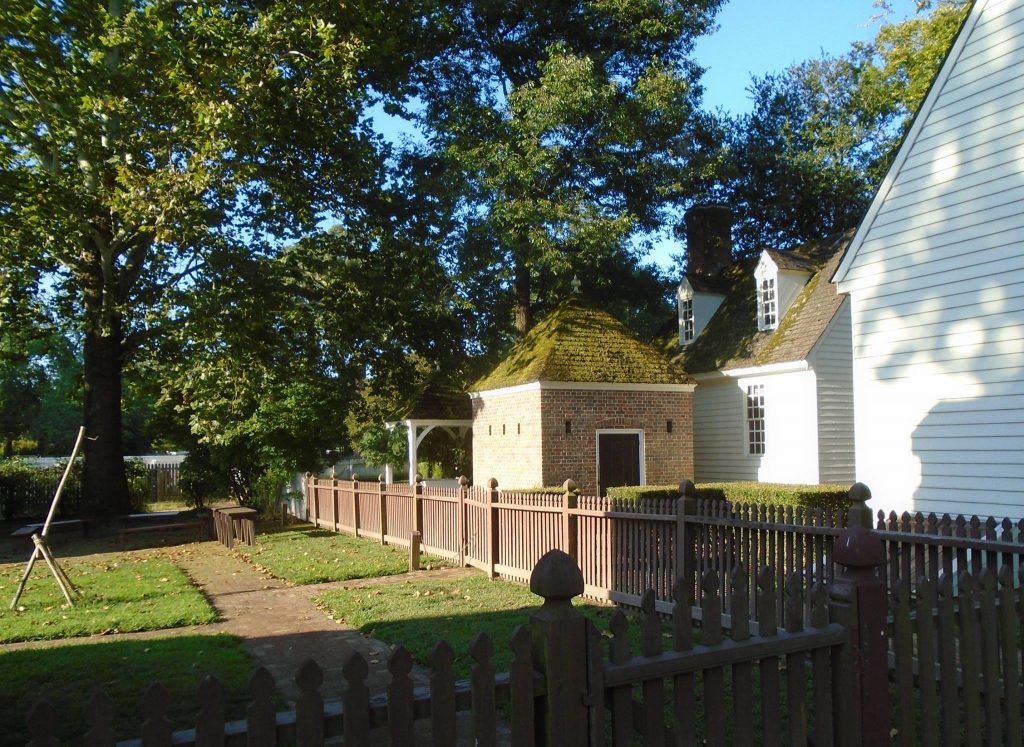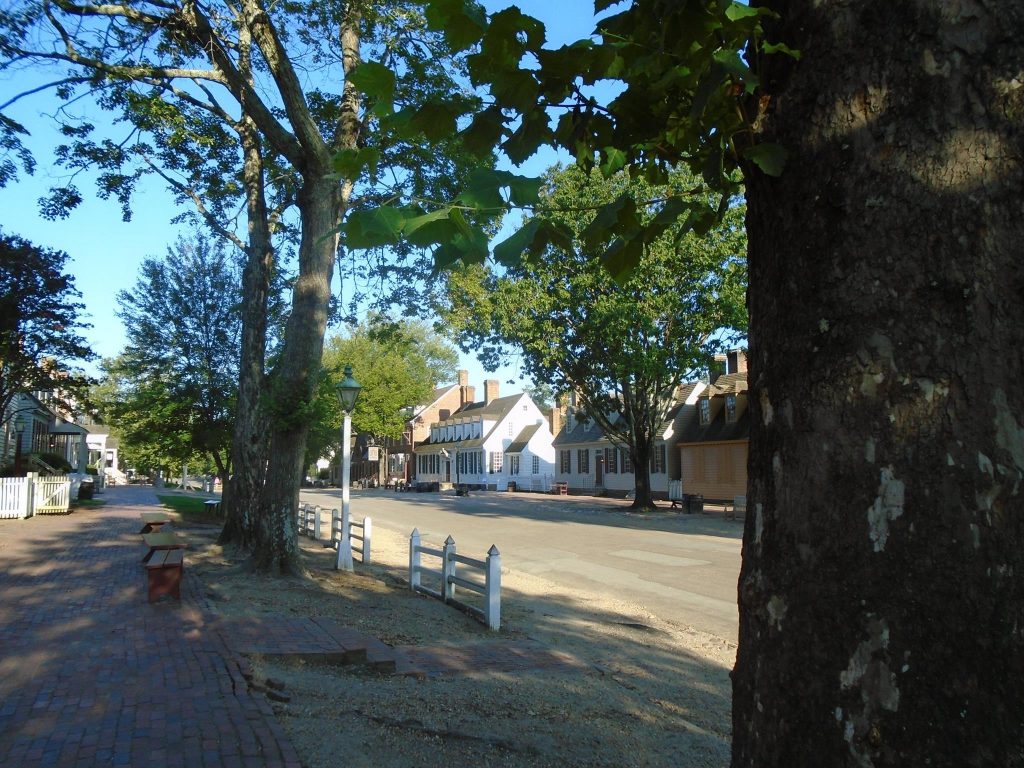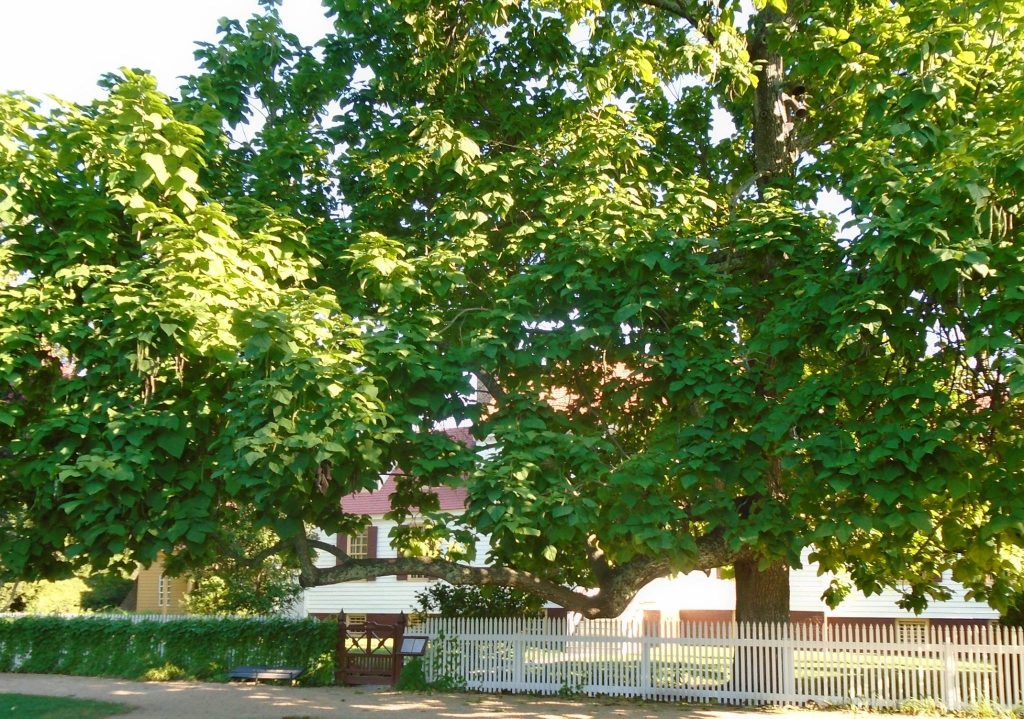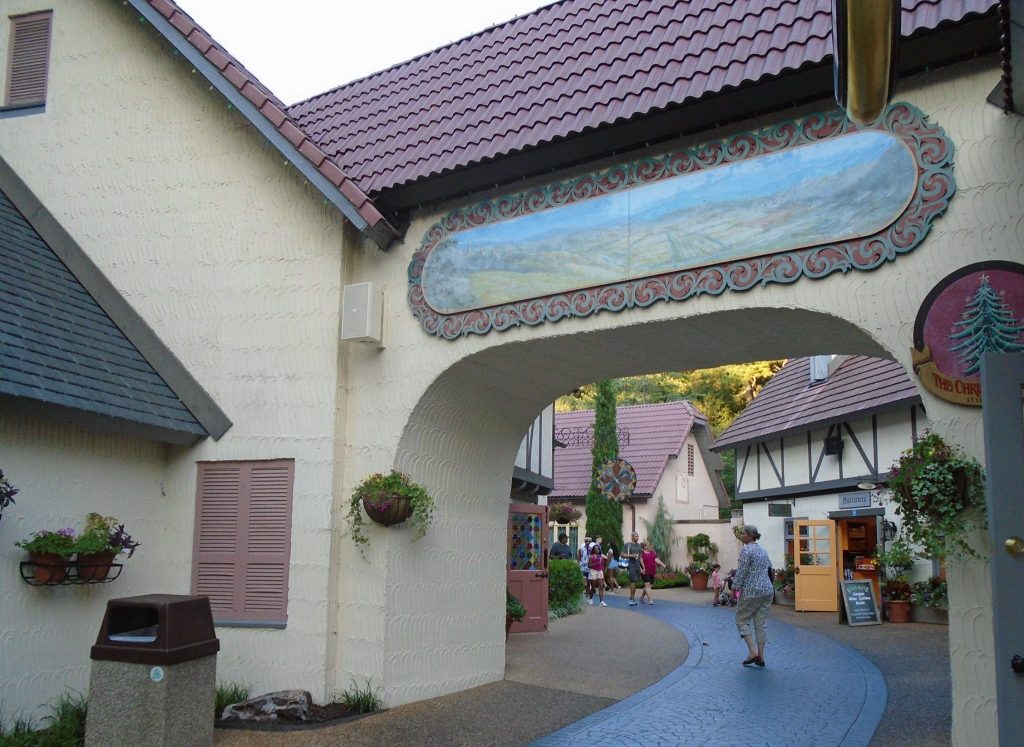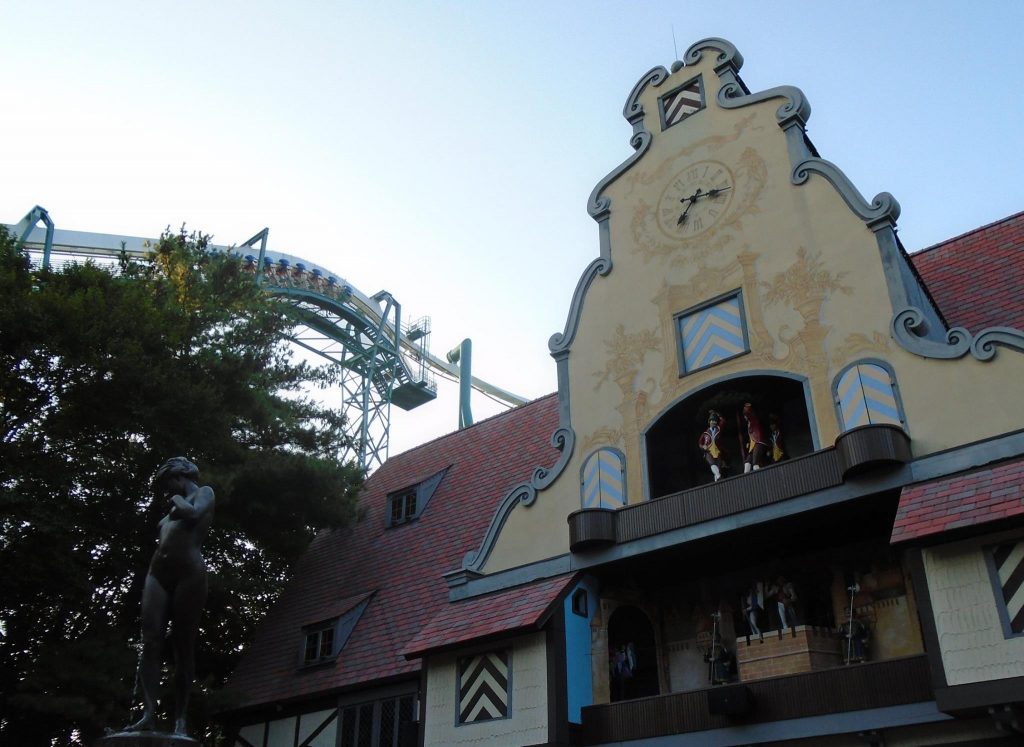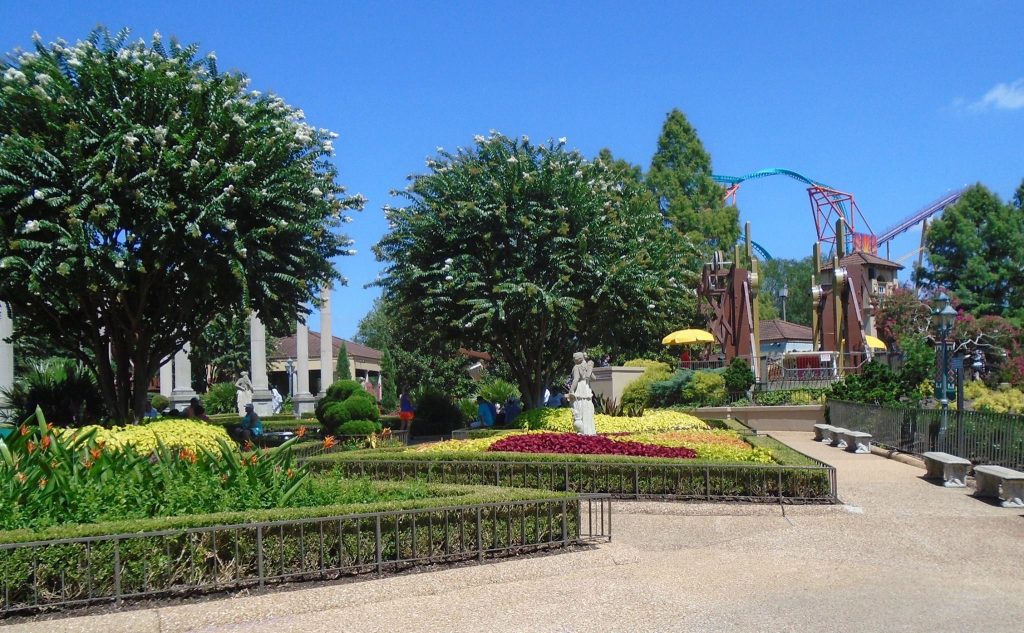You can truthfully recall events that never happened and it is easy to honesty forget ones that did. Memory is never perfect. Scientist who study these things explain why. Our memories are not like recording devices and memories are not stored like a picture on a computer hard drive. Rather, remembering is like making a new drawing each time. Memories are recreated each time we try to recall something. That means that our memories of one instance are mingled with those of other events that happened before or after. Subsequent event can, and often do, alter memories of things before.
I have been thinking about this since 1990. I don’t rely on memory for this information; I wrote it down. At that time, I was reading about decision making and found a section that addressed how relying on memory contributes to bad decisions. The authors suggested an exercise, which I have followed, on-and-off, for more than 25 years. I recommend it as a way of improving decision making and life in general. Write down your predictions for some significant event. I am not talking about big political or economic ones, but ones in your own life. Sometime after the event, write down what you think you predicted. Then examine your original prediction. You will almost always find that your recollection of your prediction was wrong in many details and that it is wrong systematically in the direction of making it more in line with what really happened. We edit our memories to make ourselves seem smarter, or at least more prescient. Are we telling the truth? No, we are not. Are we lying. Well, we are also not lying.
In my case I am morally certain that I cannot call it a lie. I am writing only to myself and I know that I am trying to tell the truth. Since I rarely share this information with anybody else, there is no benefit to shading the truth.
What I have learned is that I am incapable of telling the full truth when I rely only on my memory. And my memory, at least my ability to memorize, is better than average. Besides a few outliers who perform at carnival freak shows or are otherwise freakishly strange, nobody can tell the full truth from memory alone. BTW – most of the people who can recall events with machine-like accuracy are idiot-savants, who can do little else in life and are more to be pitied than emulated.
I am not making the case here that we should be untruthful, nor that we should tolerate liars. On the contrary, I try very hard to be honest in everything I do and say. But I recognize that I fall short and when I do it is not always, in fact it rarely results from moral failing or nefarious intent. There are limits beyond which humans cannot go and that does not mean we are all equally bad.
Michael Phelps won 23 Olympic gold medals. It is safe to say that he is a faster swimmer than anybody reading this. Yet there are swimming events where most of us would have a chance to do as well as he can, maybe better. If the test was just to float in the water, most of us could do as well as Phelps and if the test was to swim from California to Hawaii none of us could make it, so we also would do as well as Michael Phelps.
Tests that are so easy that everybody succeeds or so hard that everybody fails are meaningless standards. Yet it is tempting to apply both to bring down the more accomplished.
We are doing exactly that in our age of fact checks and ubiquitous recording. As often happens, the ostensible quest for the perfect is making it impossible to be good and demands for truthfulness beyond human capacity is creating a more dishonest society in the practical sense. All of us pool floaters can self-righteously say that we are as good as Michael Phelps, since all of us can float and can demonstrate with scientific certainty that he would fail to swim from California to Hawaii. Don’t believe me? Let’s have a trial and test him.
A good society is good enough and it is better than a perfect society. An honest person tries to live life according to truthful principles, but never succeeds perfectly. We should lighten up on this, lest we empower the liars and the cheats to argue that they are as good as everybody else.

